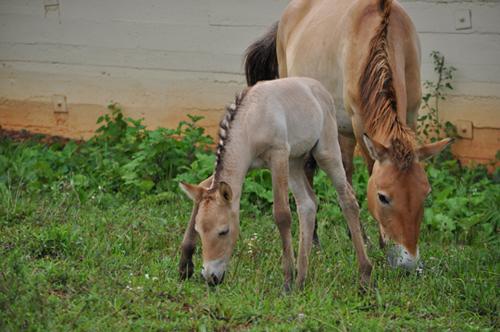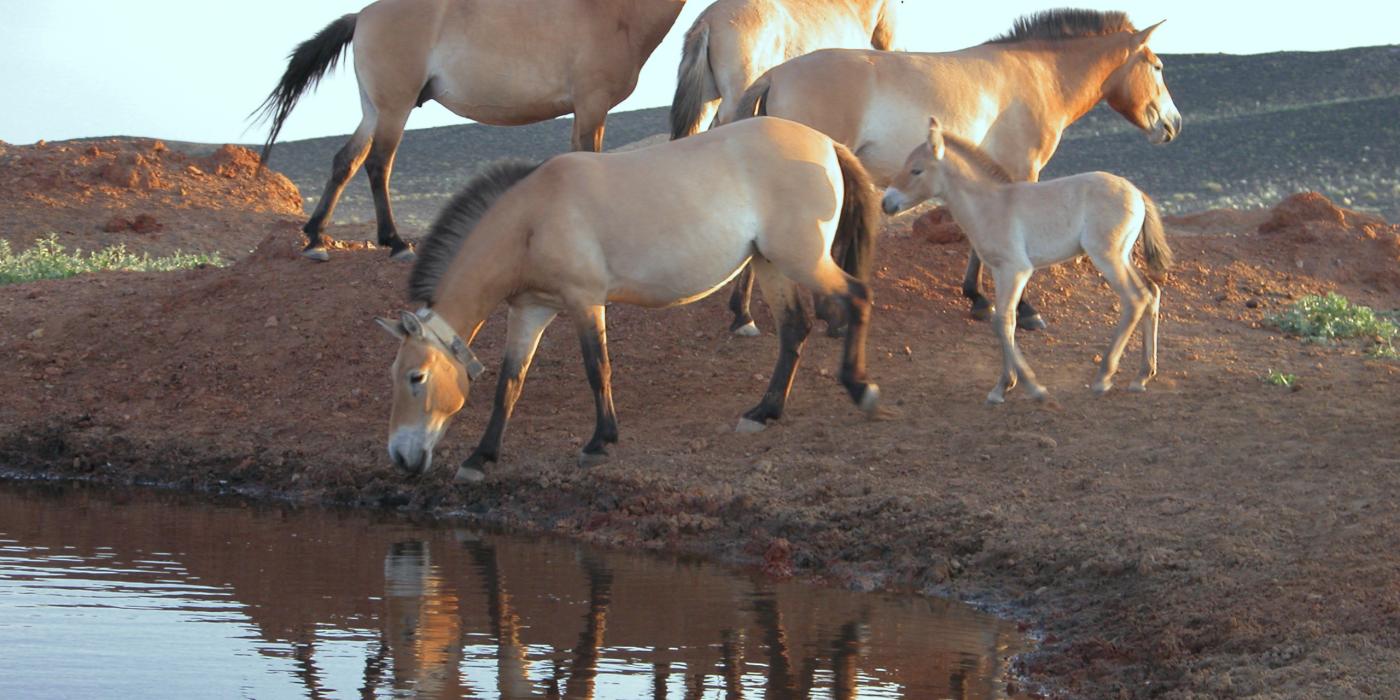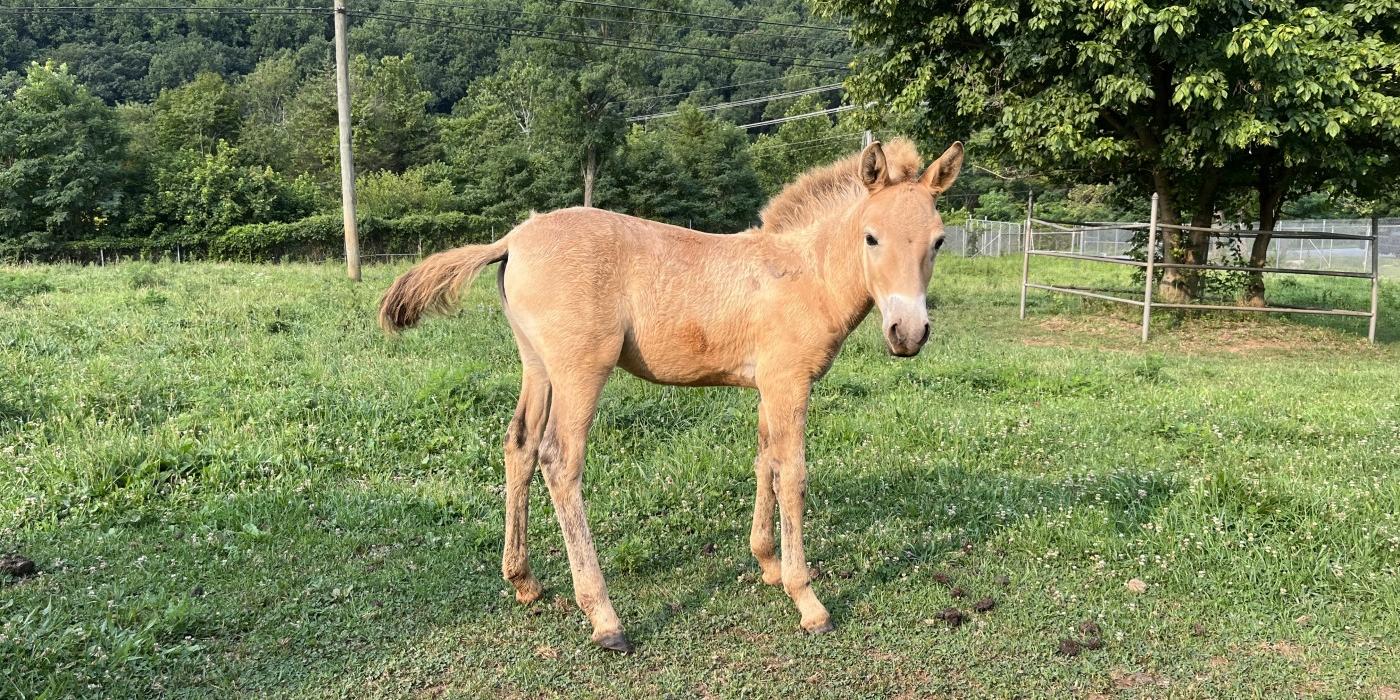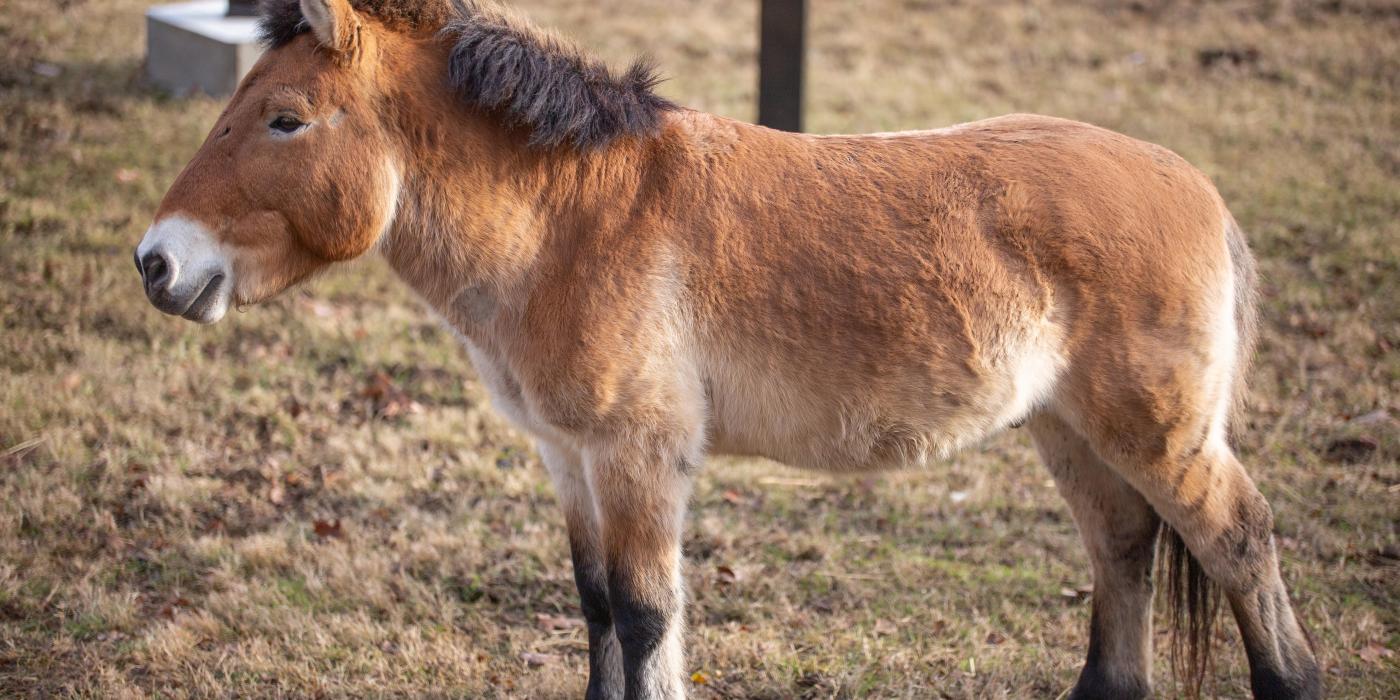Przewalski's Horse Foal Update
First Wild Horse Born from Artificial Insemination at Smithsonian Conservation Biology Institute
How is this work different from work done in domestic horses?
The domestic horse has been studied systematically for decades leading to routine use of assisted reproductive technologies such as artificial insemination, sperm cryopreservation, and embryo transfers. Despite these advances, little effort has been invested in the study of wild equids.
Recently, we reported the successful birth of two foals in the Persian onager via artificial insemination. This was a landmark event since no other wild equid has been born via artificial insemination. Although it is reasonable to assume that the reproductive systems of domestic mares would be similar to that of Przewalski’s mares, our past experiences suggest otherwise. We needed to understand the basic reproductive biology of the Przewalski’s horse.
Przewalski’s horses have kept retained all of their wild instincts and can be challenging to work with them. To date, no one has successfully put a halter on a Przewalski’s horse. Unlike with domestic mares, we cannot command the animals to cooperate with researchers and managers.
Our work is more about the basics than the intricate work being done with domestic horses. We are interested in taking the techniques and practices developed for domestic horses and applying them to this endangered species. One example of this is the utilization of artificial insemination. A technique regularly used with domestic horses—the successful application of artificial insemination in Przewalski’s horse—would open up many new opportunities for genetic management. These advances in the Przewalski’s horse also would enable the safe and efficient transportation of frozen sperm instead of live animals for breeding purposes. We are constantly striving for the betterment and preservation of this endangered species in captivity.
Related Species:




